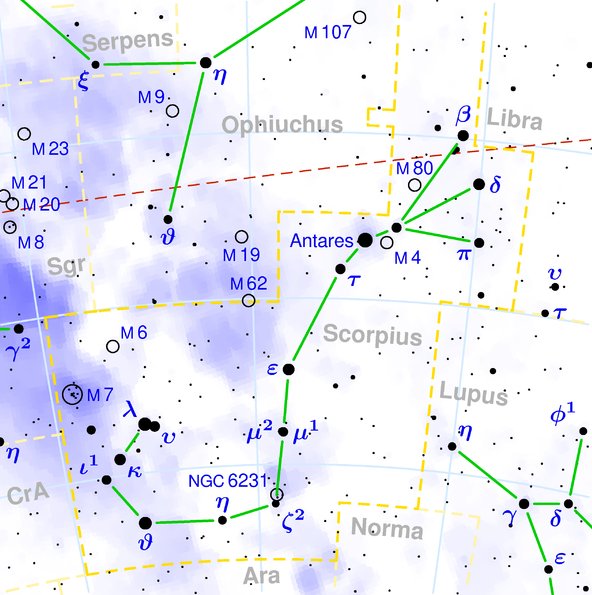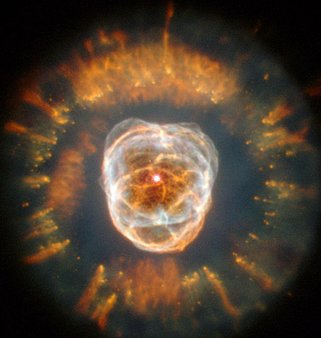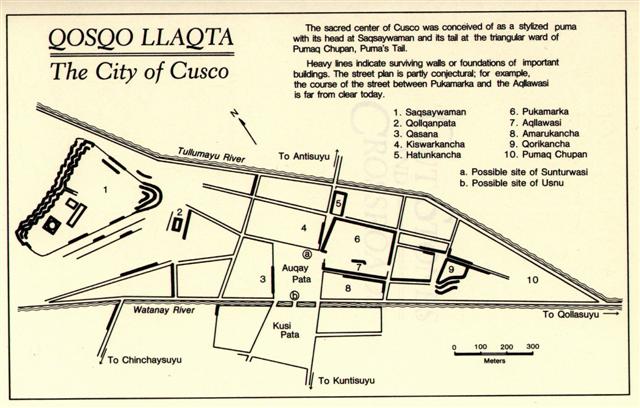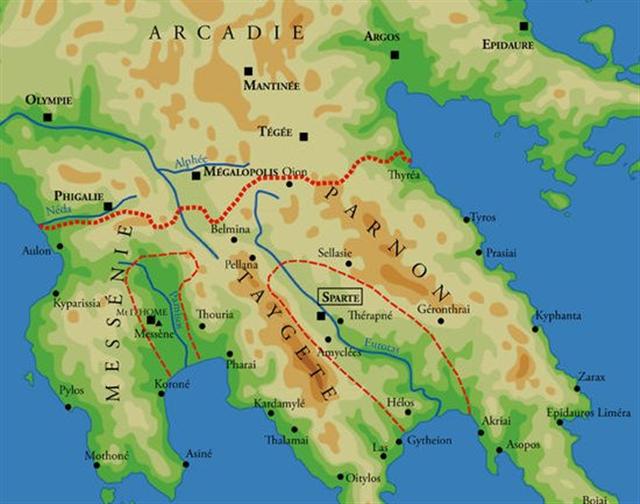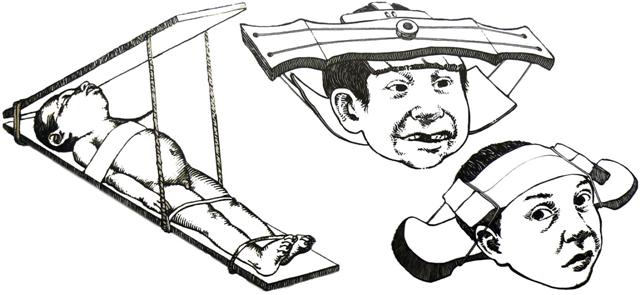MARCH 13 was 72 days ('nails') into the year, unless we should count from DECEMBER 31:
And 288 + 72 = 360, which fact could explain why Osiris was put inside a coffin by Set assisted by his 72 helpers - i.e. one for each remaining day of the regular Egyptian year. When autumn fell something drastic must have happened to the Sun. Torrents of rain may have forced him to flee to another Land. ... Utnapishtim is spry enough to tell [Gilgamesh] in great detail the story of the Deluge. He tells how Enki-Ea has warned him of Enlil's decision to wipe out mankind, and instructed him to build the Ark, without telling others of the impending danger. 'Thus shalt thou say to them: (I will ... go) down to the apsu and dwell with Ea, my (lor)d.' He describes with great care the building and caulking of the ship, six decks, one iku (acre) the floor space, as much for each side, so that it was a perfect cube [a sign of Saturn], exactly as Ea had ordered him to do. This measure '1-iku' is the name of the Pegasus-square, and the name of the temple of Marduk [the spring sun god] in Babylon, as is known from the New Year's Ritual at Babylon, where it is said: 'Iku-star, Esagil, image of heaven and earth.' ... The Ark was formed like a perfect Cube and we can count from the information of 6 decks; 6 * 6 * 6 = 216 (= 3 * 72). When Manuscript E states that their Sun king Hotu Matua - corresponding to last king before the deluge, viz. Utnapishtim, -
arrived from the Sea to Easter Island in Tangaroa Uri 15 this probably corresponded to the time when there were 72 days left of the regular 360-day year in ancient Egypt. When Set with molten lead (the metal of Saturn) sealed the spirit of Osiris safely inside a box and transported him to another Land this other Land ought to be located somewhere in the southern hemisphere, and it could for instance have been to Easter Island.
72 days from the beginning of the watery back half of the Lion (at Zosma and Coxa) will lead us to glyph 105 + 72 = 177 (= 6 * 29½):
But his Explorers had arrived to this southern land earlier, and they had left their old homeland in day 25 of the month Vaitu Nui (Great Waters):
Maro means dry (and thereford hard), and it took them 37 days to move to a place which was completely dried out - the distance was the difference between the cube of 4 and the cube of 3, the difference between very wet and very dry. ... Night came, midnight came, and Tuu Maheke said to his brother, the last-born: 'You go and sleep. It is up to me to watch over the father.' (He said) the same to the second, the third, and the last. When all had left, when all the brothers were asleep, Tuu Maheke came and cut off the head of Hotu A Matua. Then he covered everything with soil. He hid (the head), took it, and went up. When he was inland, he put (the head) down at Te Avaava Maea. Another day dawned, and the men saw a dense swarm of flies pour forth and spread out like a whirlwind (ure tiatia moana) until it disappeared into the sky. Tuu Maheke understood. He went up and took the head, which was already stinking in the hole in which it had been hidden. He took it and washed it with fresh water. When it was clean, he took it and hid it anew. Another day came, and again Tuu Maheke came and saw that it was completely dried out (pakapaka). He took it, went away, and washed it with fresh water until (the head) was completely clean. Then he took it and painted it yellow (he pua hai pua renga) and wound a strip of barkcloth (nua) around it. He took it and hid it in the hole of a stone that was exactly the size of the head. He put it there, closed up the stone (from the outside), and left it there. There it stayed ...
The Ship of Noah had a cube of 6 as regarded from the outside. Its inside measure could have been 4 * 4 * 4 = 64, in which case we could count: 6³ - 4³ = 216 - 64 = 152 for its dry timbers. In the Gregorian (and also in the Julian) calendar day 152 was "June 1:
Notably Antares culminated at midnight in the preceding day.
There were 288 ("October 15) - "June 1 (152) = 136 days from heliacal Castor to heliacal Antares. From the midnight culmination of Atlas in December 31 (365) to heliacal Atlas in May 16 there were also 136 days. From heliacal Zosma and Coxa in "July 27 (208) to "October 15 (Tangaroa Uri 15) there were 80 days, suggesting a mirror image of the distance from January 1 to 0h.
"Taygete, or Taygeta, a name famous in Spartan story for the mother of Lacedaemon by Zeus, was mentioned by Ovid and Vergil as another representative of this stellar family; the former calling it Soror Pleiadum, and the latter using it to fix the two seasons of the honey harvest, as in Davidson's translation of the passage '... as soon as the Pleiad Taygete has displayed her comely face to the earth, and spurns with her foot the despised waters of the ocean; or when the same star, flying in the constellation of the watery Fish, descends in sadness from the sky into the watery waves.' Ulug Beg applied to it Al Wasat, the Central One, usually and more appropriately given to Alcyone." (Allen)
Notice how the 6th and last of the vertically oriented honey containers is turned upside down. The ear of the standing man is like the last glyph on side b, in contrast to the ear of the kneeling man - which resembles a reversed Gb5-10. Aquatic animals as a rule have no external ears and they can close their ear holes when diving.
... 'The Nummo made it. He made a picture of it with his fingers, as children do today in games with string.' Holding his hands apart, he passed a thread ten times round each of the four fingers, but not the thumb. He thus had forty loops on each hand, making eighty threads in all, which, he pointed out, was also the number of teeth of his jaws. The palms of his hands represented the skins of the drum, and thus to play on the drum was, symbolically, to play on the hands of the Nummo. But what do they represent? Cupping his two hands behind his ears, Ogotemmêli explained that the spirit had no external ears but only auditory holes. 'His hands serve for ears,' he said; 'to enable him to hear he always holds them on each side of his head. To tap the drum is to tap the Nummo's palms, to tap, that is, his ears.' Holding before him the web of threads which represented a weft, the Spirit with his tongue interlaced them with a kind of endless chain made of a thin strip of copper. He coiled this in a spiral of eighty turns, and throughout the process he spoke as he had done when teaching the art of weaving. But what he said was new. It was the third Word, which he was revealing to men ... And the head of the honey man standing in the sky is curiously elongated.
|
|||||||||||||||||||||||||||||||||||||||||||||||||||||||||||||||||||||||||||||||||||||||||||||||||||||||||||||||||||||||||||||||||||||||||||||||||||||||||||||||||||||||||||||||||||||||||||||||||||||||||||||||||||||||||||||||||||||||||||||||||||||||||||||||||||||||||||||||||||||||||||||||||||||||||||||||||||||||||||||||||||||||||||||||||||||||||||||||||||||||||||||||||||||||||||||||||||||||||||||||||||||||||||||||||||||||







